-
Posts
1,734 -
Joined
-
Last visited
Content Type
Profiles
Forums
Gallery
Events
Posts posted by flying_dutchman2
-
-
Years ago I visited Amsterdam and was busily buying wooden shoes to take home to family and friends. I happened upon this rather special wooden shoe and decided that I had to have it.
Great work on the yacht.
Thank you for your kind works.
That wooden shoe boat is the coolest item I have ever seen when wooden shoes are made into something.
I have 2 pairs myself and wear one when I shovel the snow. The other pair is orange and that would make a great model.
Thank you for sharing.
Marc
-
-
I don't know if your mom is familiair with internet (she might be a bit older) because Marktplaats is a bit reserved towards foreign bidders.
My mother is one of those 85 year olds that excels in her class. Skypes with the family, books vacation on the internet, reads the NRC and the NY times, researches philosophy, etc.
Marc
-
Thanks for the link. Looks like the Dutch eBay. I saved the link so I can check it out. Possibility for me that if I find something I gotta have I will have it sent to my mom in Amsterdam, pay the person and my mother will send it to me. Also the Nederlandse Ver. voor Model. has some nice plans.
You can get the same plans in the US at Taubman but they are twice as expensive.
Marc
-
Misinformation by guides abounds. The best one I've ever heard was that the "birth deck" (sic) on the Vic was where the sailor's wives went to deliver their babies.
 :D
:D  :D
:D  :D
:D  :D
:D  :D
:D  That is good one LOL. It is the logical answer.
That is good one LOL. It is the logical answer.Marc
-
As of today I started cutting out the frame pieces and there is a lot of them. I have the scroll saw outside due to the nice weather. Once cut, I will start putting the hull together according to McArdle's book. Yes, it scares me a bit. If I compare it to a kit, than a kit is so much easier. You follow the plan and you have yourself a ship.
But with the help of my local club and the immense knowledge on this site, I feel confident I can do this. Most of all, I will have fun.
Pictures will follow.
Marc
-
Marc,
This yacht you build is very nice! I like this type of ship particularly because it was the first wooden model I made (being eleven years old). My parents were a bit doubful at that time, and I broke a lot of saws on it - but I did it.
And the model still excists (though it neads some repair now - ca. 40 years later)..
Hans;
Thank you for your kind words. Who made the kit 40 years ago?
Marc
-
-
As far as possible, I try to avoid coming across as a smartass.
This is the approach I always take. My knowledge of plants, soils, insects and plant diseases is very advanced. I also love what I do, so that helps. I am very good at it. When I do explain to people a question they ask, I give details and I will tell them the way it is. Sounds arrogant? I can be.
If you know your sh*t, there is nothing wrong with correcting others. Sounds harsh, but as a Dutchman, we are "direct", no flowery language.
Marc
-
Maybe you know the Bataviawharf started years ago with a new project - De Zeven Provinciën - which was the Flag-ship of Michiel de Ruyter.
Unfortunately, due to neccessary savings the wharf has recently stopped this project. They where about to buy some timber in Denmark - 45 Oak logs - which had to cost ca. 2 million euro's - ca. 2,6 million US-dollar - or 45.000 euro per log). This was a "bit" above budget (the wharf is making a little profit again since many years) and the decision was made to stop the Zeven Provinciën project.
They are now focussing on smaller projects, but still in the style and thought of the 17th century Dutch craftmanship.
The first replica burned up and now they stopped building the 2nd replica. Bummer, but that is a lot of money for a couple of logs. Build the ships of Abel Tasman, small project. Or the ship from Hendrick Hamel used to explore SE Asia which is the 'De Sperwer' (the Sparrowhawk) (or is that one built already).
-
I asked the tour guide what these little holes represented. He said that the hull was copper plated. I pointed out that the Batavia was launched in 1629, and that copper plating was only invented in 1750. He said that he will discuss this with the curator.
LOL....oops, the tour guide didn't know what he was telling you.
I love all the pictures you put up from the Batavia. You are giving me a detailed tour of what is located on the other side of the planet.
Thank you.
Marc
-
I know my explanation was a bit 'long winded'
 but I think your question warranted a detailed explanation of my reasoning
but I think your question warranted a detailed explanation of my reasoning 
Kind Regards
Nigel
I like your "long winded" explanations because you give me the details and the why's (I learn a lot from that). If I do more POB's in the future, I will start using this method, as there is a lot of logic in this. It is an extra step but worth it.
Next question and to quote you "greater resistance to environmental changes", you use Limewood, why? I know it is cheap. Is there any other wood you use?
The Jacht Mary is a tiny bit warped. You see that when you look from the bow to stern at eye level. My Bounty did that as well.
The Utrecht is a POF. In theory this boat should not warp.
In Ships in Scale (March/Apr. 2014 & several issues before that), Shipwright Apprentice, Robert E. Hunt has been showing and describing detailed steps of "ship model planking". I have practically memorized these articles.
Marc
-
April 6th
1909 - Commander Robert E. Peary reports reaching the North Pole
1917 - U.S. declares war on Germany
1945 - First heavy kamikaze attack on ships at Okinawa.
1961 - USS Lake Champlain brings oxygen to aid stricken passenger of British liner Queen of Bermuda.
1968 - USS New Jersey recommissioned for shore bombardment duty in Vietnam
1989 - President orders DOD to assist in Exxon Valdez oil spill cleanup
1993 - Branch Navy Hospital Adak responds to crash of civilian Chinese airline providing lifesaving treatment and medical evacuation of 89 injured passengers. Only one passenger out of 265 passengers died.
-
Beautiful boat. It is interesting to note that you like the paintings from van de Velde the elder because you have 2 ships based on his drawings/paintings. It also amazes me that you built more than 2 ships at a time. I can't do that. I can built one and do research on the next one, and that is it.
Question; on post #48 you add filler wood between the frames, like making it a solid hull. Do you do this to all the ships you built? Something I need to do because the planking would lay nicely on the hull.
Would have been nice if you lived in van de Velde's era. He would paint and you would built the ships he painted.
Marc -
A great build and a truly lovely model Marc

 I don't know how comfortable I would feel though with one of my cats in close proximity to one of my models
I don't know how comfortable I would feel though with one of my cats in close proximity to one of my modelsKind Regards
Nigel
Thank you Nigel. I enjoyed building the model. The Mary is a practice yacht towards my next build, the Staten Jacht - Utrecht. My 1st scratch.
The cat (Boomer, 21 lbs, and thinks he is a small dog). Wants to be everywhere I am and in the hobby room he has a basket right next to the wood. When these pictures were taken he has to be there, and will always stare at me, because he knows that if he paws the rigging and I notice it, his ears go back, jumps on the floor and hides.
Marc
-
Nice little serving machine, will take notes on building one from your pics, my gears will arrive soon in the mail, can't wait to build one.
It works and if you have any questions, feel free to ask.
Marc
-
Plain white printing paper.Marc what kind of paper did you decide on?
David B
Marc
-
Thanks. It is difficult to get straight lines but then if I fold them correctly you may not see that. Kurt mentioned that if I keep practicing they will get better over time. That is why I made several this time.Nice flags Marc. I think you have got the hang of it.
David B
Some people air brush the flags, I can't figure out how they do that.
Speaking of airbrushing, Kurt gave a workshop on that. Are you getting the pdf's on that? What ever you need, let me know.
Marc
-
I know it is not naval related but still amazing.
Here is something from the University of Southern California which is testing a giant 3D printer that could be used to build a whole house in under 24 hours.
http://innovation.uk.msn.com/design/the-3d-printer-that-can-build-a-house-in-24-hours
Just think in a couple of years 3D printers will build boats, cars, etc.
Marc
-
This time I decided to omit the flags that come with the kits because, a. - they are one sided print and b. - they never fall correctly.
I am doing it from a handout from Gus Augustin - Equipment needed to make flags.
You make them from paper, fold them, wet them to take memory out, paint them with acrylic, fold them and you have a flag.
I make more than one so I can chose the best one and as the brochure says, it is cheap as you use paper and you get better at making them over time.
The brochure
Drawing the flags.
Using a light table jig to draw the other side of the flag.
Folding the flags
Soaking them in water.
Folding the flags after the water and drying.
Ready to paint.
Finished flag.
- Laurence_B, tarbrush and Piet
-
 3
3
-
- mtaylor, Laurence_B, *Hans* and 6 others
-
 9
9
-
Your sails are looking just like the real thing. If you look at the tjalks, zeeschouws, and other flat and round bottom boats in the Netherlands, their main sail is usually that color, a heavy brown canvas.
My neighbor does all my sails on her fancy computer controlled sewing machine. In return I advice her husband on what to do with his garden. I believe in bartering.
Overall, your zeeschouw, looks beautiful, the paint job, the lines of the boat and I look forward in seeing her completed.
Marc
-
I know I haven't put up much as my season has started. I manage and run a medium sized garden center. I am not as active on MSW from around April first to about the third week in November.
1946 - USS Missouri arrives in Turkey to return the body of Turkish ambassador to the U.S. and to show U.S. support and willingness to defend Turkey.
Marc
-



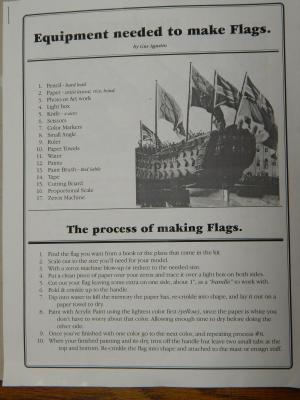
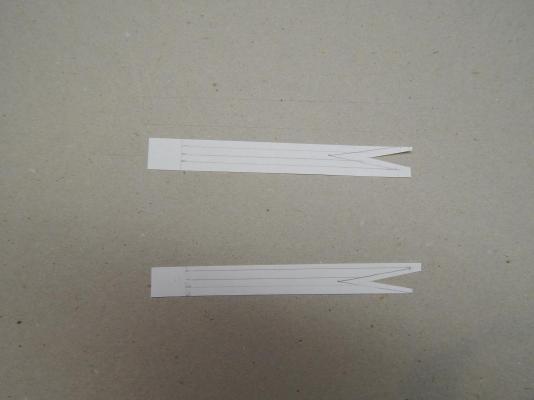
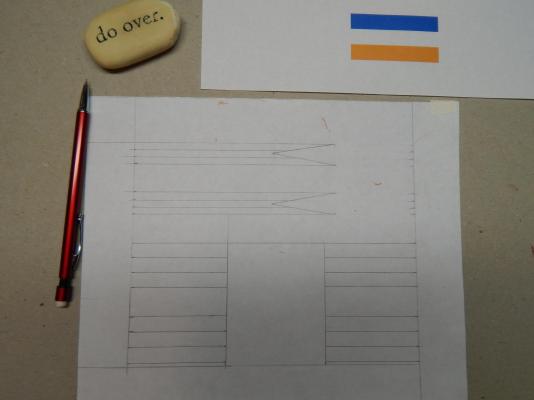
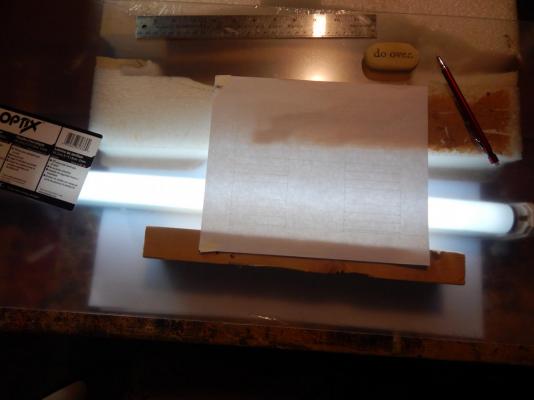
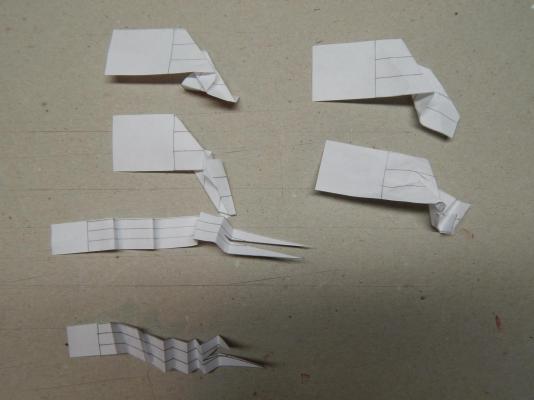
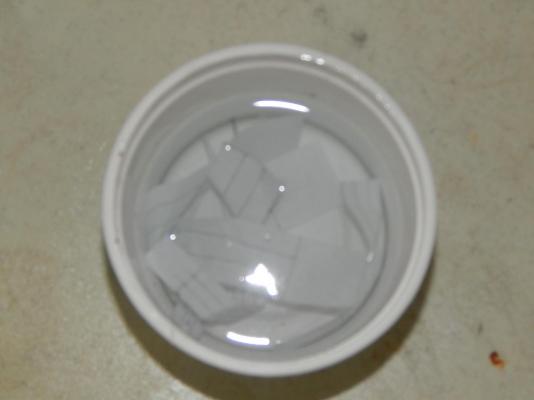
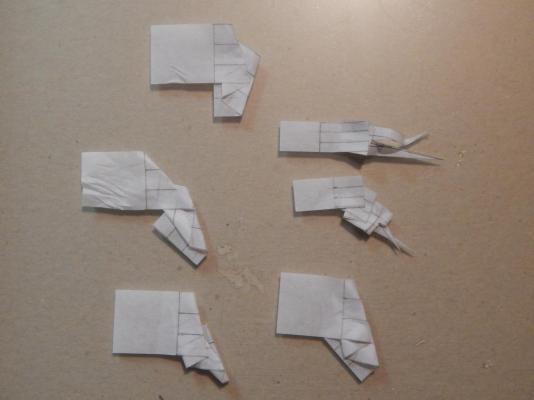
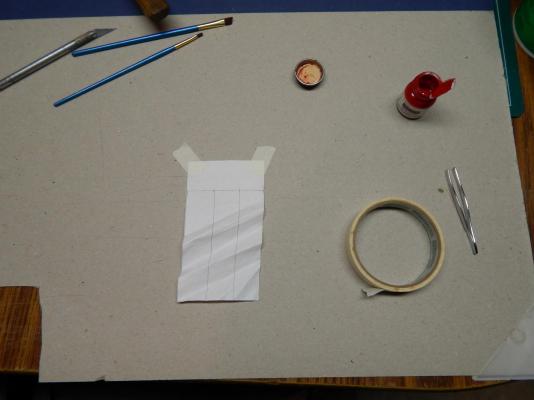
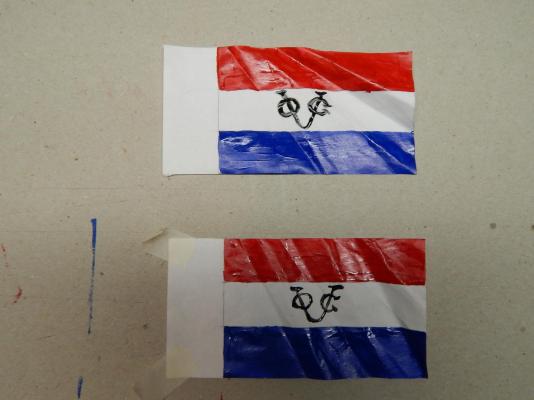
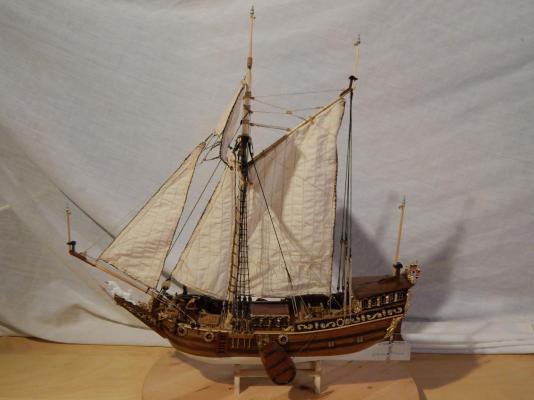
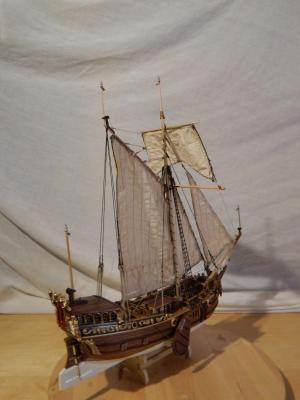
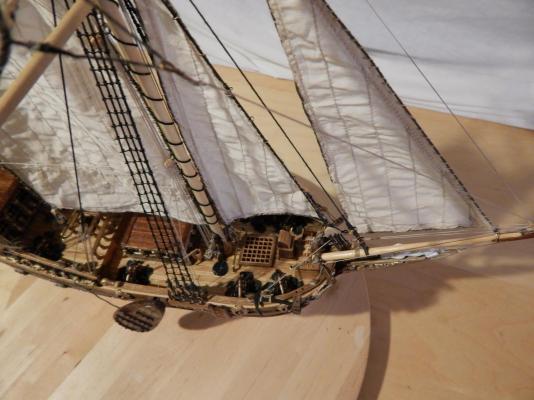
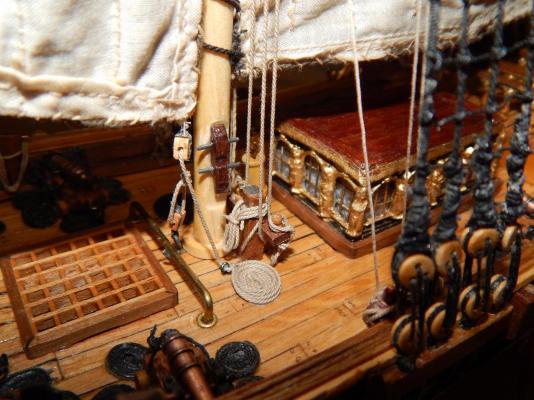
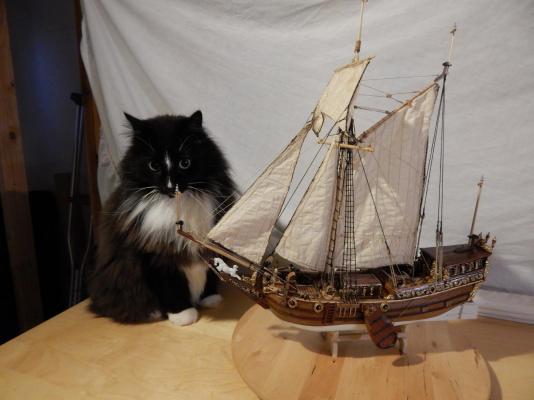
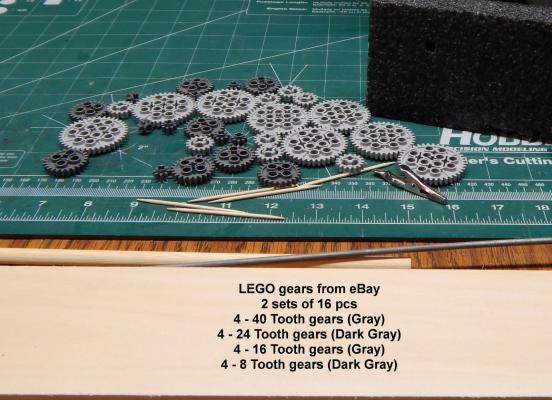
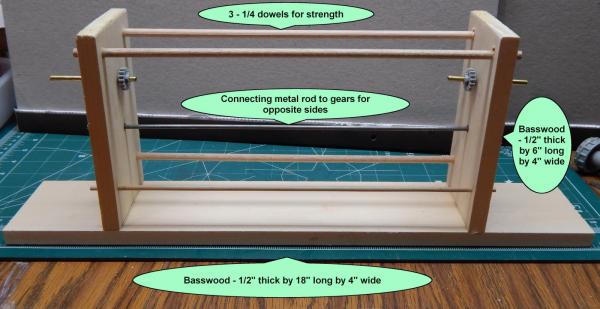
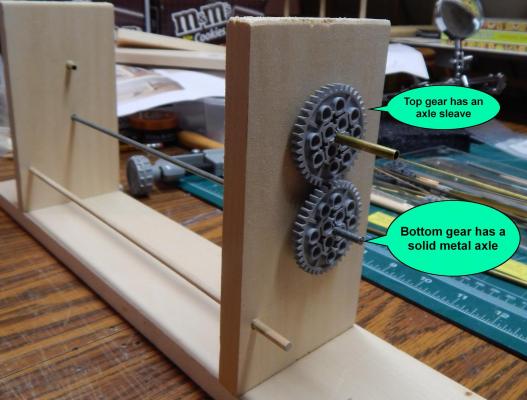
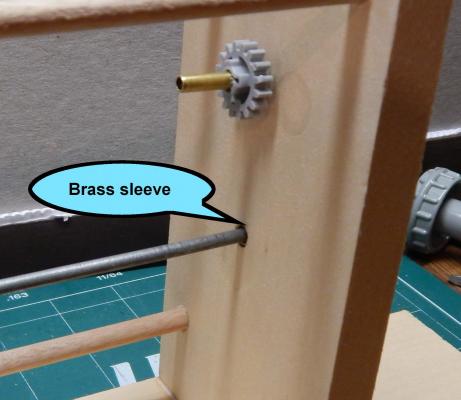
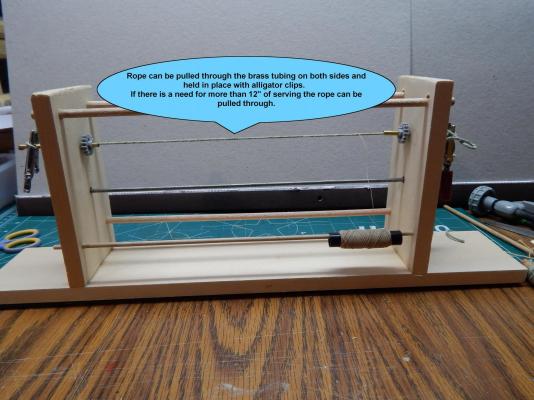
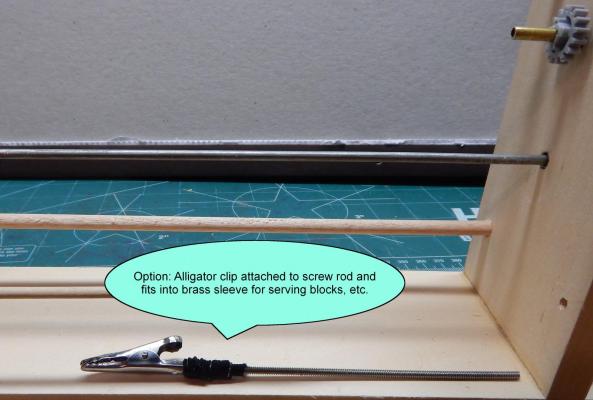
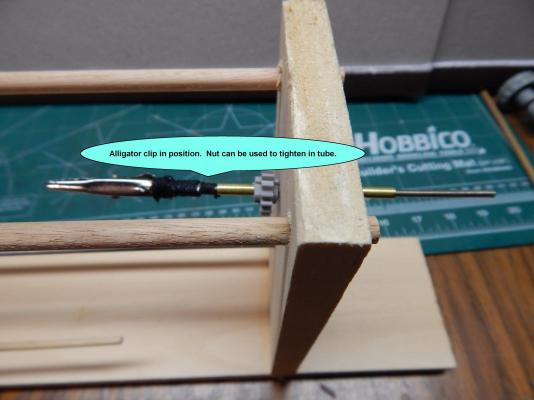
Naval History On This Day, Any Nation
in Nautical/Naval History
Posted
Learned something new today and I checked the website. Somebody has been busy writing this all up.
Thanks for the great read.
Marc